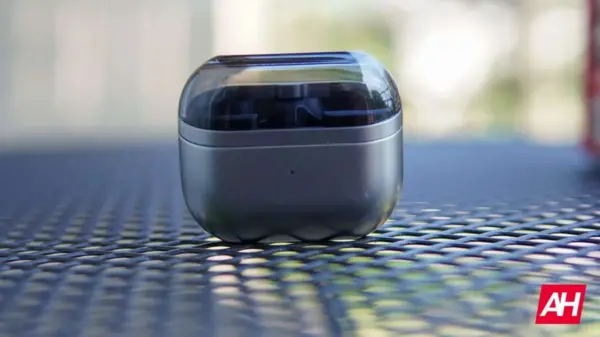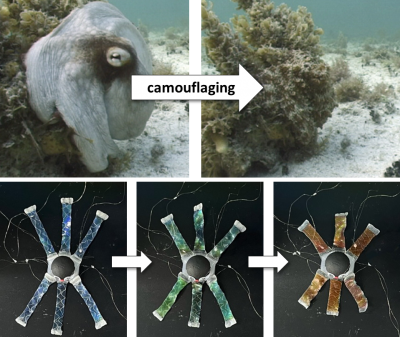A recent computational study published in the Journal of Molecular Liquids has made significant strides in developing safer, high-performance batteries by exploring new compounds as electrolytes for sodium-ion batteries. This research, conducted by a team from the Center for Innovation on New Energies (CINE), involved collaboration with researchers from the University of Bonn in Germany.
Established in 2018, CINE comprises several Brazilian institutions, including the State University of Campinas (UNICAMP), the University of São Paulo (USP), and the Federal University of São Carlos (UFSCar), along with eight additional universities across Brazil. The focus of this research is on sodium-ion batteries, which leverage sodium—an abundant element found globally. These batteries are particularly promising for storing excess energy generated from renewable sources like solar and wind farms.
Sodium-ion batteries function through the movement of sodium ions between electrodes and across the electrolyte during charging and discharging cycles. Ionic liquids, a class of salts that remain liquid at room temperature, are the primary candidates for conducting these ions within the electrolyte. They are known for their excellent ion conductivity and nonflammable nature, making them safer options for battery applications.
Despite their advantages, increasing the concentration of sodium ions in these ionic liquids can lead to higher viscosity, which impairs ion mobility and overall electrolyte performance. To address this issue, CINE researchers investigated two types of ionic liquids: aprotic, the most common in electrolyte research, and protic, which is cheaper and simpler to produce but has received less attention.
Tuanan da Costa Lourenço, a postdoctoral researcher at CINE and the corresponding author of the study, explained that the research aimed to evaluate the effects of sodium salt concentration on the performance of protic and aprotic ionic liquid-based electrolytes. The team employed molecular dynamics simulations, a computational technique that details atomic and molecular interactions, to conduct their analysis.
Utilizing advanced computational resources from USP, the National Laboratory for Scientific Computing (LNCC) in Petropolis, and the University of Bonn, the researchers solved complex mathematical equations relevant to their simulations. Their findings revealed that increasing sodium salt concentration alters the organization and interaction of ions within the ionic liquid.
The study also identified that the extent of these changes is influenced by the molecular structure of the ions and whether the ionic liquid is protic or aprotic. “At high sodium salt concentrations, we observed a decrease in interaction forces between the sodium ion and the electrolyte anion, which can enhance battery performance,” Lourenço noted.
International Collaboration Fuels Research
The CINE’s Computational Materials Design (CMD) program aims to identify promising electrolytes for next-generation batteries. Led by Juarez Lopes Ferreira da Silva, who co-authored the paper, this project involved collaboration with the research group of Barbara Kirchner at the University of Bonn. Kirchner specializes in modeling complex systems involving liquids and their interfaces.
Lourenço emphasized that this collaboration enriched their discussions and conclusions, resulting in the development of new tools, enhancements to existing models, and the initiation of further partnerships. He spent 15 months working within Kirchner’s team to advance this research.
The scientific team is now pursuing a follow-up study to better understand how to modulate ion interactions in ionic liquids, aiming to optimize battery performance further. This ongoing research underscores the potential for sodium-ion batteries to play a crucial role in the future of energy storage.





































































